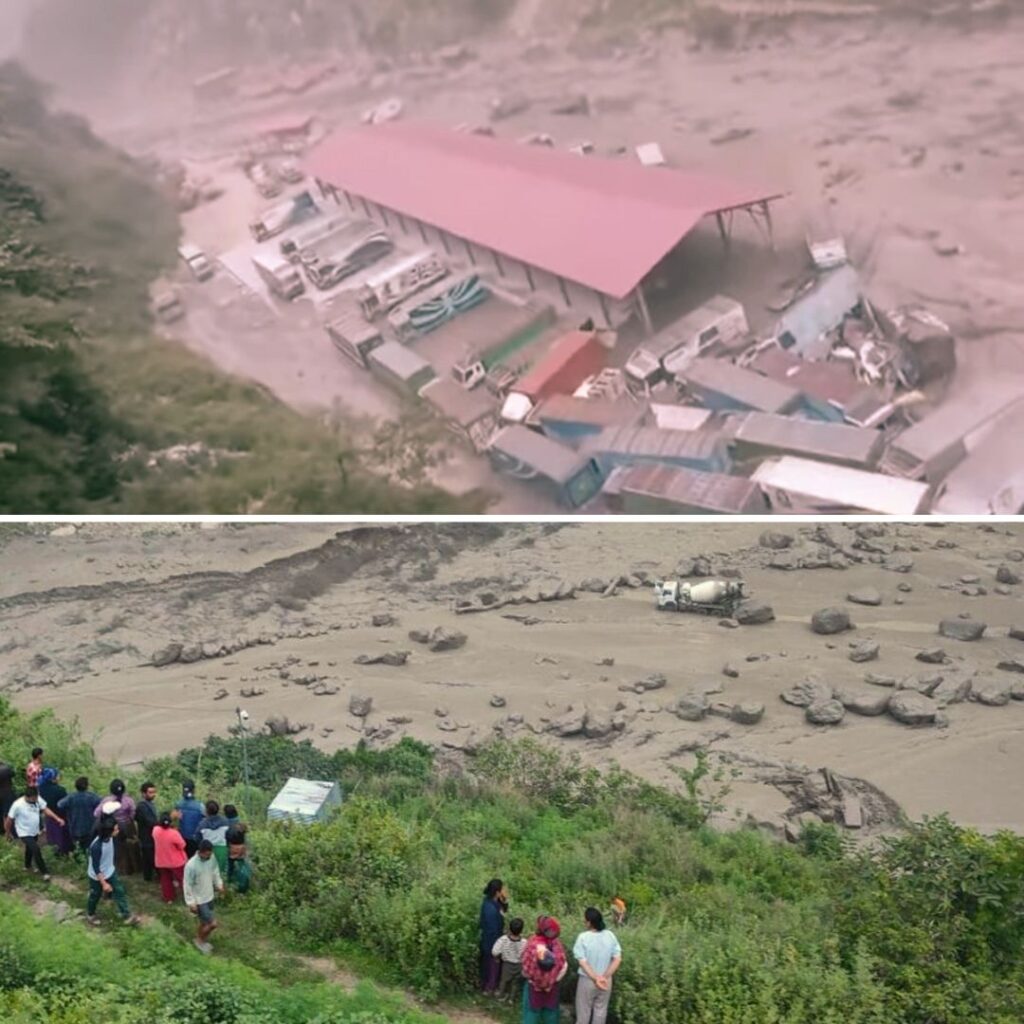From a boy in Bihar with a Diploma in mechanical engineering & Rs. 2000 in his pocket to the leader of a Rs. 730 billion business empire to a convict shut in Tihar Jail – Subrata Roy’s tale of rags-to-riches-to-disgrace has been one of this decade’s biggest stories.
The Logical Indian chronicles the events which transpired into one of the biggest scams in recent history, involving Rs. 24,000 crores, 30 million investors, a company that was India’s 2nd largest employer, and a man who was one of the most powerful people in the country.
- On November 2010, the Securities & Exchange Board of India (SEBI), the regulator of the Indian stock market, barred Subrata Roy’s companies from raising money from the public.
- SEBI accused Roy of raising thousands of crores through illegal OFCDs.
- OFCDs, or optionally fully convertible debentures, are a kind of debt security where your debts/debentures are converted into shares in a company.
- Imagine asking a bank for a loan of Rs. 2 lakh by giving a surety of Rs. 1 only. Ridiculous, isn’t it? Now multiply the amount by Rs. 10 lakh. That’s what Roy was trying to do.
- Meaning, Roy’s companies were worth only Rs. 10 lakh, but they planned to raise Rs. 20,000 crores.
- Two points here: how did the Registrar of Companies allow this to happen? And why was the SEBI not notified of the venture? SEBI rules mandate any company trying to raise money from more than 50 people to seek prior approval. Roy was trying to raise money from more than 30 million people.
- Sahara India, the corporate giant owned by Roy, decided to tap the stock markets in order to raise more money. For this, they had to disclose information of all their companies.
- Authorities discovered the disproportionate worth of the companies and found out that Sahara had no records of information of the investors. How would the money be repaid then? Where was the money going to?
- January 2011 – the Delhi High Court issued a bailable warrant against Roy.
- June 2011 – SEBI ordered Sahara to refund the money collected through the OFCDs.
- June 2011 – SEBI moved the Supreme Court of India, declared that Sahara and its real estate company had no right to issue the OFCDs without complying with the rules.
- August 2012 – SC ordered Sahara to return investors’ money with 15% interest rate; Sahara petitioned for a review of the judgment.
- December 2012 – after a bitter fight with SEBI over non-payment of dues, Sahara agreed to pay ₹10,000 crores by the first week of January 2013, and the remaining amount by the first week of February 2013.
- February 2013 – Sahara misses deadline set by the SC; SC directs SEBI to freeze Sahara’s accounts, seize properties, and dismisses a plea by Sahara.
- April 2013 – Roy’s woes increase when a PIL is filed in the Allahabad High Court, accusing Sahara of negative advertisements in newspapers against SEBI.
- February 2014 – The SC issued a non-bailable warrant against Roy for failing to appear before the Court; Roy is arrested.
- Roy is currently in Tihar Jail, trying to sell what he can to raise money to repay Sahara’s debts. As of March 2015, his dues have risen to Rs. 40,000 crores after adding interest.
- A few days back, the SC began auctioning Roy’s property after he failed to repay his debts.











